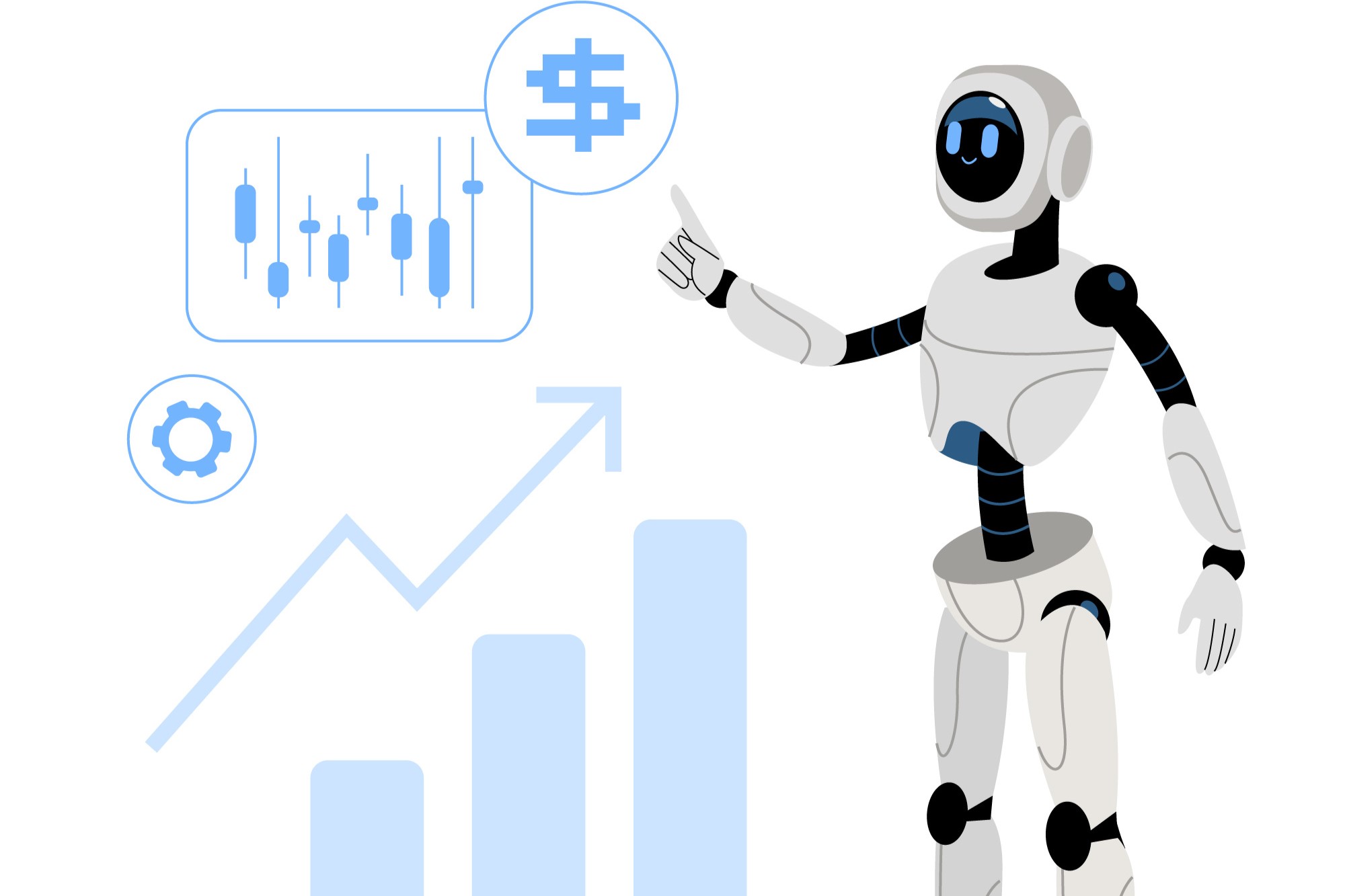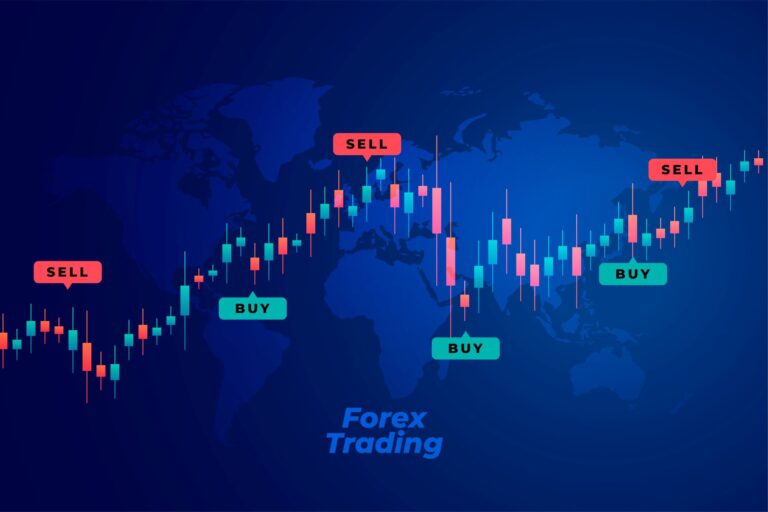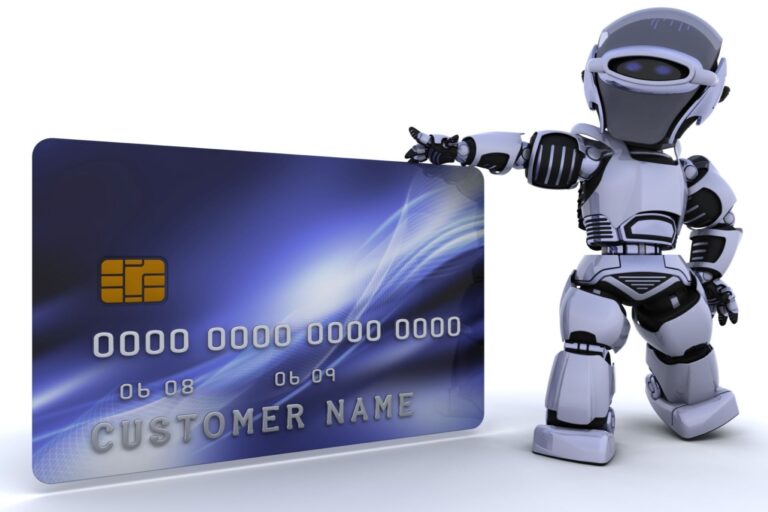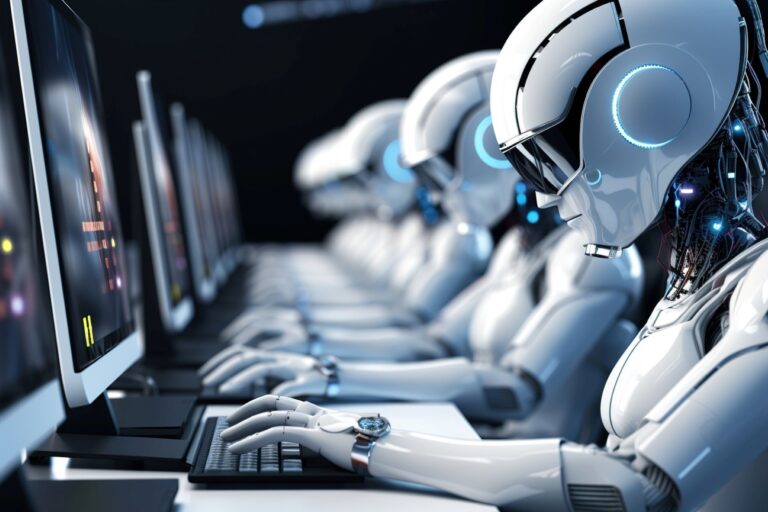How much is trading robot?
Trading robots, also known as automated trading systems, are becoming a cornerstone in modern financial markets. They allow both novice and experienced traders to automate their trading strategies, potentially increasing efficiency and profitability. This article explores various aspects of trading robots, including their costs, benefits, and how to select the right one for your trading needs.
Understanding Trading Robots
Definition and Functionality
A trading robot is essentially a computer program that automates the process of buying and selling financial assets on various trading platforms. It operates based on a pre-defined set of instructions or trading signals that dictate when to execute trades based on market data inputs. This technology is particularly useful in exploiting market inefficiencies and maximizing trading opportunities without the need for constant human oversight.
The functionality of trading robots hinges on their ability to process vast amounts of market data in real time, interpret it according to sophisticated algorithms, and make trading decisions that align with the investor’s risk tolerance and investment strategy. By doing so, these robots minimize the emotional human factors that can often lead to hasty decisions and financial losses, such as panic selling during downturns or excessively risky bets in bullish conditions. This mechanized approach helps ensure a disciplined adherence to the trading strategy programmed into them.
Types of Trading Robots
Trading robots come in various forms, each designed to cater to different trading strategies and market conditions. Below are three of the most commonly used types of trading robots in the financial markets:
Algorithmic Trading Bots:
Algorithmic trading bots operate on complex mathematical models and algorithms that enable them to make fast trading decisions. These models are based on quantitative analysis and are capable of processing and analyzing large datasets to identify trading opportunities. This type of bot is particularly useful in high-frequency trading environments where speed and precision are paramount. They can execute orders in milliseconds and adjust to market conditions in real-time, often optimizing for factors like price movements, volatility, and other market forces.
Arbitrage Bots
Arbitrage bots are designed to take advantage of price discrepancies across different exchanges. These bots continuously monitor prices of the same asset on multiple platforms and execute trades when they detect price differences that can be profitably exploited. For example, if a bitcoin is priced lower on Exchange A than on Exchange B, the bot will buy it at the lower price and sell it at the higher price, thereby securing a profit from the spread between the two. This type of trading requires precise timing and the ability to quickly access and trade on multiple exchanges simultaneously.
Signal-Based Bots
Signal-based bots rely on trading signals usually provided by experienced traders or statistical algorithms. These signals indicate potential trading opportunities based on market conditions such as trends, price patterns, or economic announcements. Once a signal is received, the bot executes trades according to the specified parameters of the signal. This type of bot is popular among traders who prefer to lean on the expertise of market analysts or sophisticated algorithms but still want the speed and efficiency of automated trading. Signal-based bots can help bridge the gap between manual trading and fully automated trading solutions.
Benefits of Using Trading Robots
Trading robots offer a range of advantages that can enhance trading performance significantly. These benefits stem primarily from their ability to operate autonomously, process large amounts of data, and execute trading strategies with high precision and speed. Below is a detailed explanation of some key benefits, presented in a table format for clarity.
| Benefit | Description | Impact on Trading | Examples |
| Speed | Trading robots can process and execute trades at speeds unattainable by humans. | Reduces slippage, maximizes price opportunities. | High-frequency trading in milliseconds to capture the best possible prices. |
| Efficiency | Capable of monitoring multiple markets and data streams simultaneously. | Broadens market coverage, enhances data analysis. | Monitoring stocks, forex, and commodities markets around the clock without human fatigue. |
| Emotionless Trading | Operates based on predefined rules and algorithms, eliminating emotional biases. | Increases consistency, sticks to planned strategies. | Maintaining trading discipline during market volatility by adhering strictly to the set trading criteria. |
Overall, trading robots bring a level of precision, endurance, and speed that is quite impossible to achieve with human traders. These tools not only improve the chances of securing profitable trades but also help in managing and mitigating risks associated with manual trading.
Cost Factors of Trading Robots
Software Complexity
The complexity of the software that powers trading robots is a pivotal factor in their pricing. Advanced trading robots employ sophisticated algorithms that are capable of handling and analyzing large volumes of data rapidly.
These algorithms are not just about simple buy and sell triggers; they integrate various elements of financial theory, statistical analysis, and mathematical modeling to predict market movements and execute trades accordingly. The development of such intricate algorithms requires substantial investment in research and skilled personnel, which in turn increases the cost of the trading robot. Higher complexity often translates to better performance in varying market conditions, which justifies the premium pricing.
Moreover, the software’s ability to adapt to new or evolving trading strategies through machine learning or artificial intelligence also plays a role in its complexity and cost. A robot that can self-improve and adjust its algorithms based on market behavior patterns over time will generally be more expensive. This capability requires additional layers of programming and continuous updates, further adding to the operational costs of developing and maintaining such trading robots.
Market Data Access
Access to real-time market data is another significant cost factor for trading robots. For a trading robot to function effectively, it must have access to timely and accurate market information. This data can include everything from price fluctuations and trading volumes to economic indicators and news updates, which are essential for the robot to make informed trading decisions.
However, acquiring real-time, high-quality data often involves subscriptions to financial data services, which can be quite expensive. The costs vary depending on the breadth and depth of the data needed, as well as the speed at which it is delivered—factors that are crucial for markets where timing is everything.
The extent of data access can significantly influence the overall efficacy of a trading robot. For example, a robot operating in the high-frequency trading environment needs ultra-fast data feeds to execute trades effectively before market conditions change. The investment in premium data feeds thus becomes a necessary but costly aspect of deploying a high-performance trading robot. Without such investment, a robot’s ability to compete and succeed in fast-paced markets can be severely compromised.
Customization Options
Customization is a crucial aspect that impacts the cost of trading robots. Many traders and institutions seek customized solutions that cater specifically to their trading needs and strategies, rather than settling for generic, off-the-shelf trading robots.
Customization may involve the programming of specific trading strategies, integration with unique trading platforms, or adjustment to handle particular asset classes. Such tailored solutions require additional development time and expertise, which significantly increases the cost.
Furthermore, the degree of customization can vary widely—from minor tweaks to existing algorithms to the creation of entirely new trading frameworks designed from the ground up. Each level of customization adds layers of complexity and additional testing to ensure that the final product meets the specific requirements effectively. This not only extends the development cycle but also involves rigorous backtesting and optimization to deliver a robust, efficient trading robot, all of which contribute to higher costs.
Pricing Models for Trading Robots
One-time Purchase
Many trading robots are available for a one-time purchase. This pricing model appeals to traders who prefer a straightforward, upfront cost without the ongoing financial commitment. Robots purchased in this way typically include all the necessary features required for automated trading at the time of purchase. However, one potential drawback of this model is that it may not include future updates or enhancements unless additional fees are paid.
Additionally, ongoing support might be limited or provided only for a specific period following the purchase. This could be a disadvantage for traders who rely on continuous support or who need regular updates to keep the software effective against evolving market conditions.
Furthermore, while the initial expense may seem high, the one-time purchase avoids the recurrent costs associated with subscriptions, making it potentially more cost-effective in the long term. This model is especially suitable for traders who have a fixed strategy that requires minimal adaptation to changing market conditions, or for those who possess the technical skills to update and maintain the robot independently.
Subscription Services
Subscription models are increasingly common in the trading robot market. This approach requires traders to pay a recurring monthly or annual fee to use the trading robot. The advantage of this model is that it typically includes regular updates and ongoing support, ensuring that the robot remains compatible with changing technologies and market conditions. Subscription services may also provide access to more sophisticated features and advanced algorithms, which can offer a competitive edge in trading.
The subscription model allows for lower initial investment, spreading the cost over time, which can make advanced trading robots more accessible to a broader range of traders. It also aligns the interests of the provider with those of the users, as ongoing customer satisfaction is crucial for retaining subscribers.
This setup encourages providers to continuously improve their products and customer service. However, the cumulative cost of subscription fees can add up, potentially surpassing the cost of a one-time purchase if used over a long period.
Free vs. Paid Robots
Free trading robots are an attractive option for beginners and those not willing to invest in paid software. These robots usually provide basic functionalities that are good enough for traders to dip their toes into automated trading without financial commitment. However, free robots often come with significant limitations in terms of strategies, features, and supported markets. They may also lack customer support and updates, which can hinder their effectiveness and security over time.
On the other hand, paid trading robots typically offer more comprehensive features and better customer support. The developers of paid robots are financially incentivized to deliver a superior product that justifies the cost, including regular updates, robust security measures, and advanced trading capabilities.
For serious traders, investing in a paid robot can mean access to more sophisticated tools that can execute complex strategies and adapt to different market conditions, potentially leading to better trading outcomes. While more expensive upfront or over time, the cost can be a worthwhile investment in the tools needed to enhance trading performance significantly.







